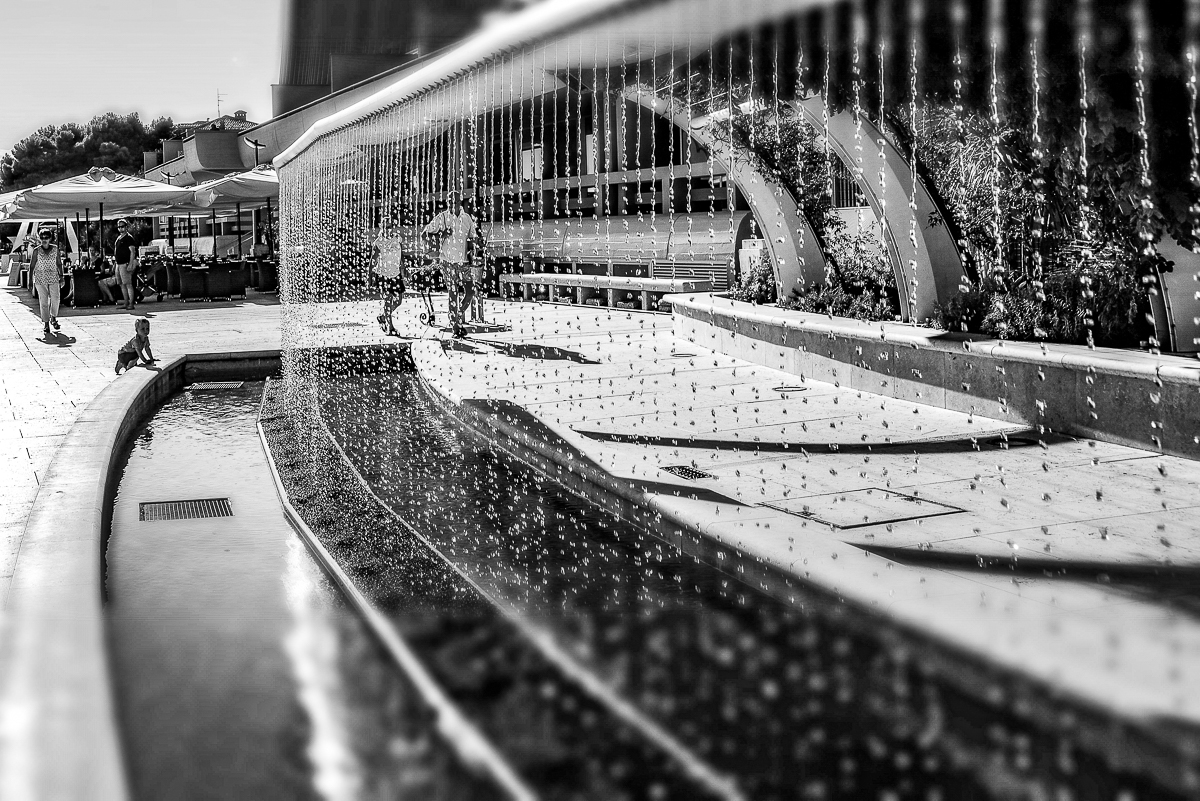Built in the 18th century to protect the old town from high tides, today the ‘diga’ is a splendid walk along Lungomare Nazario Sauro, linking the Imperatore Beach to the east with the Costa Azzurra Beach to the west.
Nicknamed the Promenade by the Austrians, the ‘diga’ is a great tourist attraction, which is also popular with the inhabitants, who love to watch the sea from here all year round.
The fascination of the ’diga’ is timeless.
The ‘diga’ is also the stage for an emotional path, which offers unique sunsets and seascapes, which have made many a couple fall in love... A place for a stroll at any time of the year.
DID YOU KNOW THAT ...
The ‘diga’ was first built of wood, as a sort of palisade stuck into the clay, constructed by the Republic of Venice mid-18th century to protect the old town of the castrum?
Although the old town was raised 1 metre, the sea regularly flooded the alleys and squares of the ancient castrum.
It was soon replaced by a stone wall, built under French rule, until 1885, the year in which the Austrians (at the time, Grado belonged to the Austrian Hungarian Empire) used donkeys to build the current foundations of the promenade, which was later modified.
The promenade as far as today’s Costa Azzurra beach was only completed in 1934. To build it, they had to divert the water of the canal linking the harbour of Grado with the open sea, currently the site of the Biagio Narin Auditorium, until they reached the elevated areas of the lagoon.
Over the years, it has been transformed and changed: since the end of the Second World War, it has become a sea promenade following the row of Liberty-style Guesthouses and villas of the early twentieth century.

